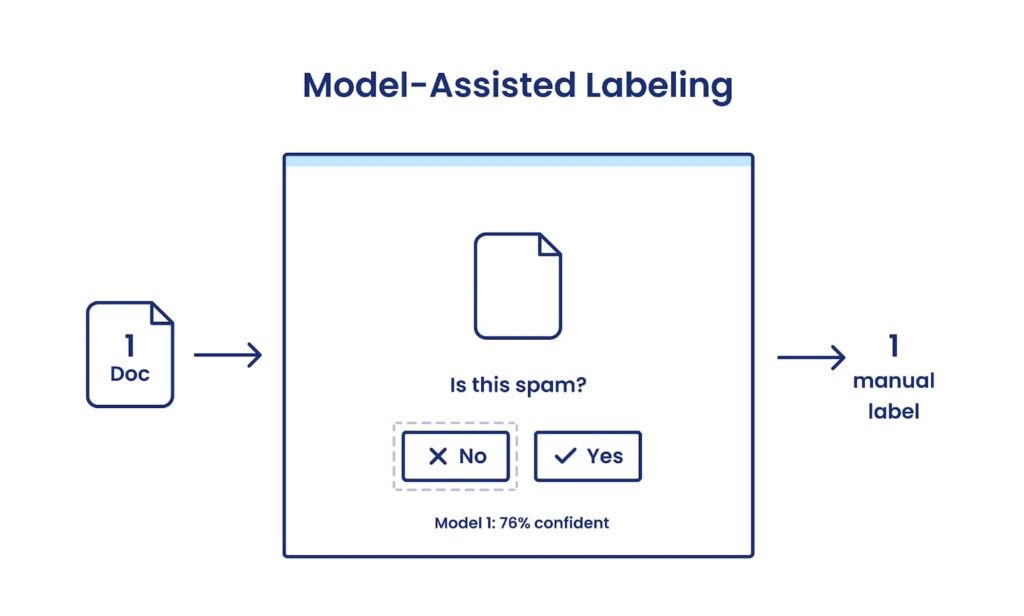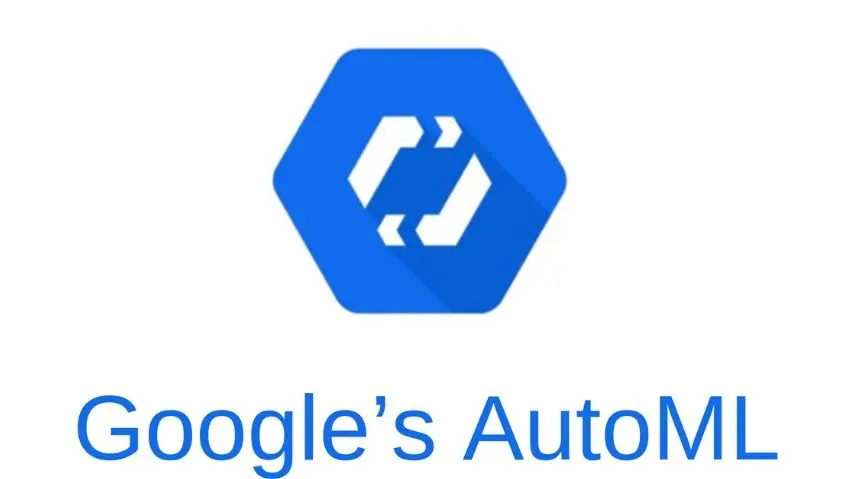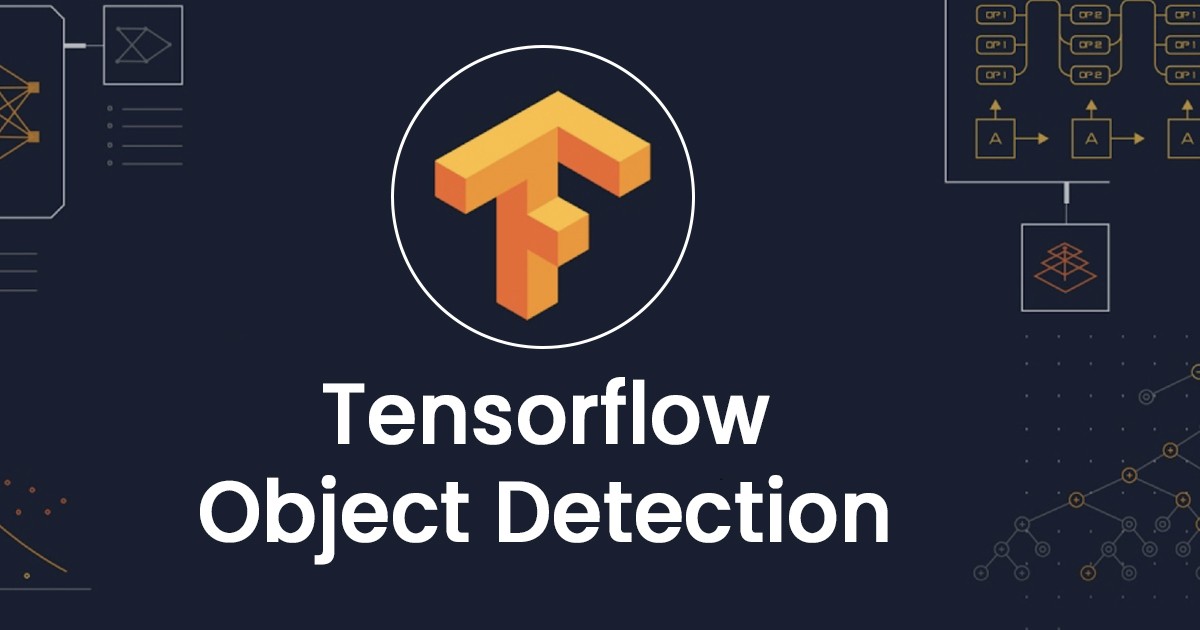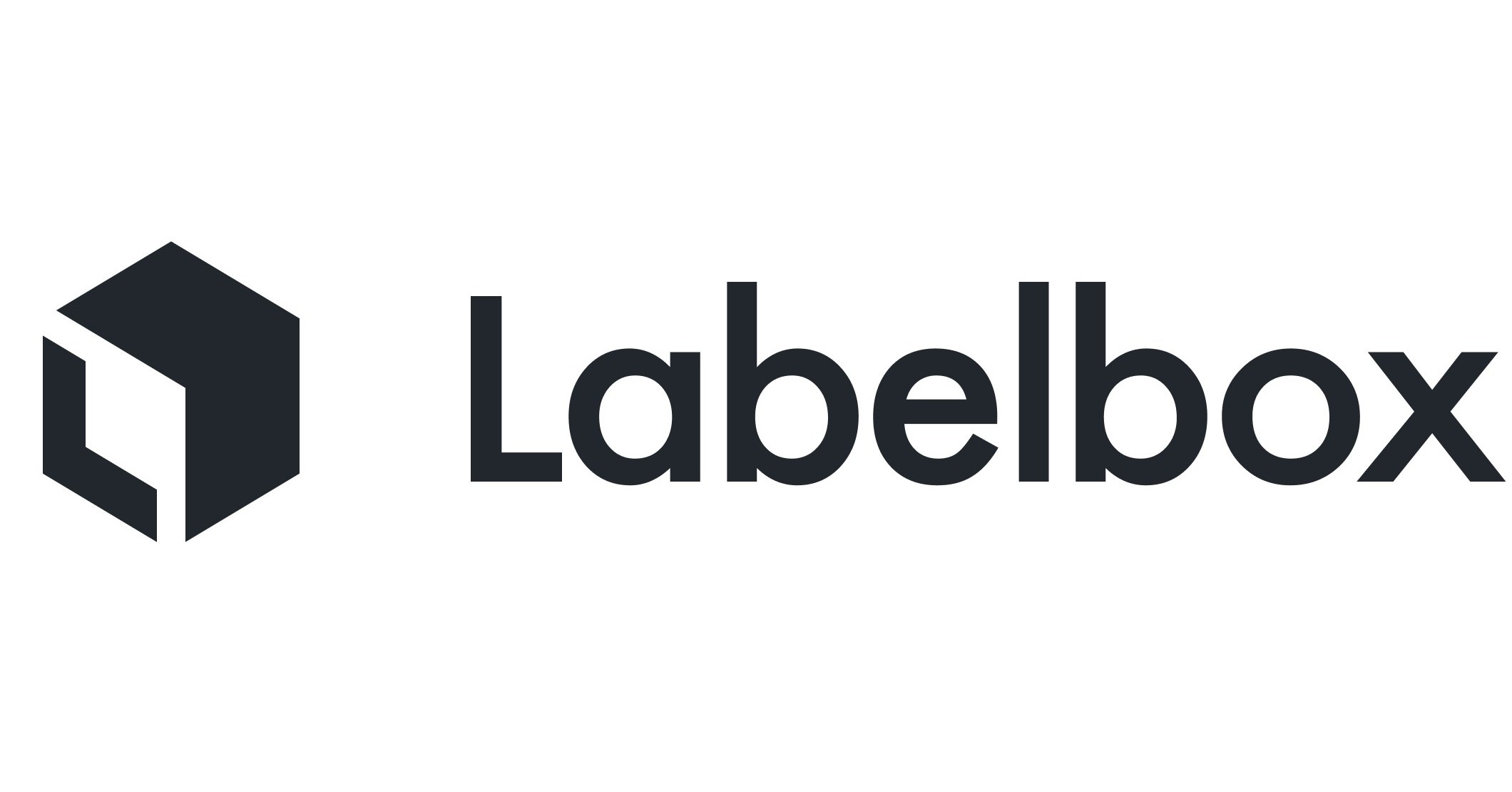How model-assisted image labeling helps teams for faster AI?

In recent years, artificial intelligence (AI) has become increasingly popular, and its potential applications have multiplied rapidly. One of the main components of AI is machine learning (ML), which involves training models to recognize patterns in data and make predictions based on those patterns.
One of the most important tasks in building an ML model is labeling data. Image labeling, in particular, is a time-consuming and often tedious process that requires a significant amount of effort. However, the accuracy of an ML model largely depends on the quality of the labeled data used to train it.
To streamline the labeling process and improve the quality of the data, ML teams are turning to model-assisted image labeling. By using machine learning models to assist with image labeling, teams can reduce the amount of manual work required and speed up the development of their AI systems.
In this blog, we'll explore the benefits of model-assisted image labeling, discuss how it works, and examine some real-world examples of its successful implementation.
How it works?
Model-assisted labeling is a process of training machine learning models to label or categorize data automatically, which can be later used to assist or augment the human labeling process.
In this process, a machine learning model is first trained on a subset of the data with manually labeled examples. The model then uses this training to predict labels for the remaining data.
These predicted labels are then presented to human annotators who can review and correct any errors made by the model.
The corrected labels can be used to further refine the model, which can in turn provide better predictions and thus reduce the amount of human effort required to label data.
Model-assisted labeling can be particularly useful in scenarios where labeling large amounts of data manually is time-consuming and expensive.
How it helps ML teams to build AI faster?
Model-assisted image labeling is a process that combines human expertise and machine learning algorithms to label large volumes of data with greater accuracy and speed. It involves using pre-trained ML models to assist with the labeling process, allowing ML teams to quickly and accurately label large volumes of data for training their AI models.

Here are some of the ways model-assisted image labeling can help ML teams to build faster AI:
- Reducing Labeling Time
Labeling images manually is a time-consuming task that can take hours or even days to complete. However, by using ML models to assist with labeling, ML teams can reduce the time it takes to label data significantly.
These models can quickly recognize patterns in images and suggest labels, reducing the amount of time it takes for humans to label each image.
2. Improving Labeling Accuracy
ML models can also help improve the accuracy of the labeling process. By using pre-trained models, teams can ensure that the labels are consistent and accurate, reducing the likelihood of errors and improving the overall quality of the data.
3. Increasing Labeling Consistency
Consistency is critical when it comes to labeling large volumes of data. ML models can assist with ensuring that labels are consistent across all images, regardless of who is doing the labeling. This consistency helps to ensure that the resulting AI model is trained on high-quality data and is therefore more likely to be accurate.
4. Enabling Faster Model Iteration
ML teams need to iterate quickly when developing AI models to stay ahead of the competition. By reducing the time it takes to label data, ML teams can train and test their models faster, allowing them to make improvements more quickly and ultimately get their product to market faster.
5. Reducing Costs
Labeling data manually can be expensive, especially if the team needs to hire additional staff to complete the task. Using ML models to assist with labeling can significantly reduce the cost of labeling data, allowing teams to allocate resources to other areas of their projects.
In conclusion, model-assisted image labeling is a powerful tool that can help ML teams to build faster, more accurate AI models.
By reducing the time it takes to label data, improving labeling accuracy and consistency, enabling faster model iteration, and reducing costs, ML teams can develop AI models that are both efficient and effective.
As AI continues to revolutionize industries across the board, model-assisted image labeling will undoubtedly play a critical role in advancing this field.
Tools providing model-assisted image labeling
Here are some real-world examples of successful implementation of model-assisted image labeling:
Google Cloud AutoML

Google Cloud AutoML is a platform that provides pre-built machine-learning models for image recognition, language processing, and more. The platform also includes a tool for model-assisted image labeling, which uses machine-learning algorithms to suggest labels for images. This greatly speeds up the process of image labeling and enables users to create accurate models in a shorter amount of time.
TensorFlow Object Detection API

The TensorFlow Object Detection API is a popular open-source library for building object detection models. The API includes a tool for model-assisted image labeling, which uses a pre-trained model to suggest labels for images. This reduces the amount of manual work required and enables users to create accurate models more quickly.
Labelbox

Labelbox is a platform that provides a range of tools for data labeling, including model-assisted image labeling. The platform includes pre-built models for image classification, object detection, and more, which can be used to speed up the labeling process and improve the accuracy of the data.
Labellerr
Labellerr uses combination of ML technique to assist annotation team to take advantage of model-assisted labeling.
Let's see some of the example of organizations implementing it in its workflow.
Walmart's case study

Walmart has implemented model-assisted image labeling in its supply chain management system. The system uses machine learning models to automatically label images of products, reducing the amount of manual work required and improving the accuracy of the data.
This has enabled Walmart to more quickly and accurately manage its inventory and supply chain operations.
These are just a few examples of successful implementation of model-assisted image labeling. As machine learning continues to advance, we can expect to see more and more organizations using this approach to improve the speed and accuracy of their AI systems.
Conclusion
In conclusion, model-assisted image labeling is a powerful tool that can help ML teams build faster and more accurate AI systems. By using pre-trained machine learning models to assist with the labeling process, teams can reduce the amount of manual work required and speed up the development of their models.
This approach has been successfully implemented in a range of industries, from retail to cloud computing, and has been shown to improve the accuracy of AI systems while reducing the time and effort required to build them.
As AI continues to transform industries and change the way we work and live, model-assisted image labeling will become an increasingly important tool for ML teams.
By leveraging the power of machine learning to automate and streamline the labeling process, teams can focus their efforts on more advanced tasks, such as model selection and optimization, and ultimately create more powerful and effective AI systems.
With the right tools and techniques in place, the potential applications of AI are limitless, and model-assisted image labeling is just one example of how this technology can be harnessed to change the world.
Explore more such related blogs!

Simplify Your Data Annotation Workflow With Proven Strategies
.png)


